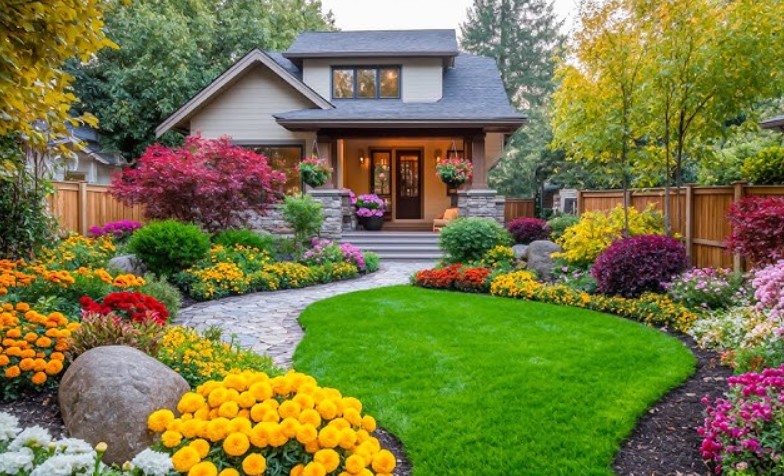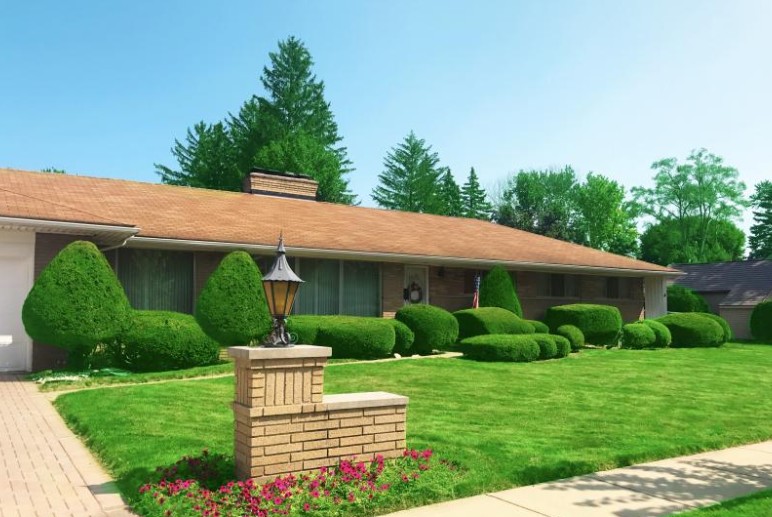
Johner ImagesGetty Images
Whether you’re new to gardening or consider yourself an expert, a raised garden bed can make the process easier. “They’re especially useful in areas where you’re unsure of the type of soil you’re working with, or the soil isn’t in ideal conditions for what you’re growing,” shares Jaclyn Rutigliano, co-founder of Hometown Flower Co.
With a raised bed, you start out with fresh soil—meaning you know the exact conditions and how to adjust based on what crop you’re growing. Not only that, but Rutigliano says they’re better for weed maintenance, drainage, pest and disease management, and for people who don’t have a lot of space or live in a city. Oh, and they can also be easier for kids and the elderly.
The best part? Raised garden beds are designed for whatever you want to grow. “People usually think of raised beds only for vegetables, but they’re great for flowers as well,” Rutigliano adds. “You can grow your very own cut flower garden in your backyard!”
There are three basic types of raised beds to consider, Rutigliano explains:
- Raised ground beds, which require no additional materials other than soil and don’t include any type of building support frame.
- Supported raised beds consist of a mound of soil surrounded by a supportive frame low to the ground.
- Containerized raised beds are essentially elevated planters.
When bringing one of these beds into your outdoor space, grab a ready-made option or go the budget-friendly route by building one yourself. “You can easily customize them to your preferred dimensions and stain or paint the wood to match your outdoor decor,” according to Rutigliano.
If DIYing doesn’t appeal to you, Rutigliano emphasizes that simpler is better. Ahead, we’ve laid out her expert recommendations—and a few other highly-rated picks to consider.
Before you shop, read through and remember more of Rutigliano’s crucial tips:
- A common mistake is using the wrong soil. You have to use a light potting mix instead of ground or topsoil.
- When planting in the ground, always put a layer of mesh underneath so that you don’t have any problems with moles, bowls, or bugs.
- Add a strip of copper around your bed to keep slugs away.
- Never make your bed more than three or four feet wide, because you won’t be able to weed in the middle. However, you can make them as long as you’d like.
Advertisement – Continue Reading Below
This content is created and maintained by a third party, and imported onto this page to help users provide their email addresses. You may be able to find more information about this and similar content at piano.io
Advertisement – Continue Reading Below








